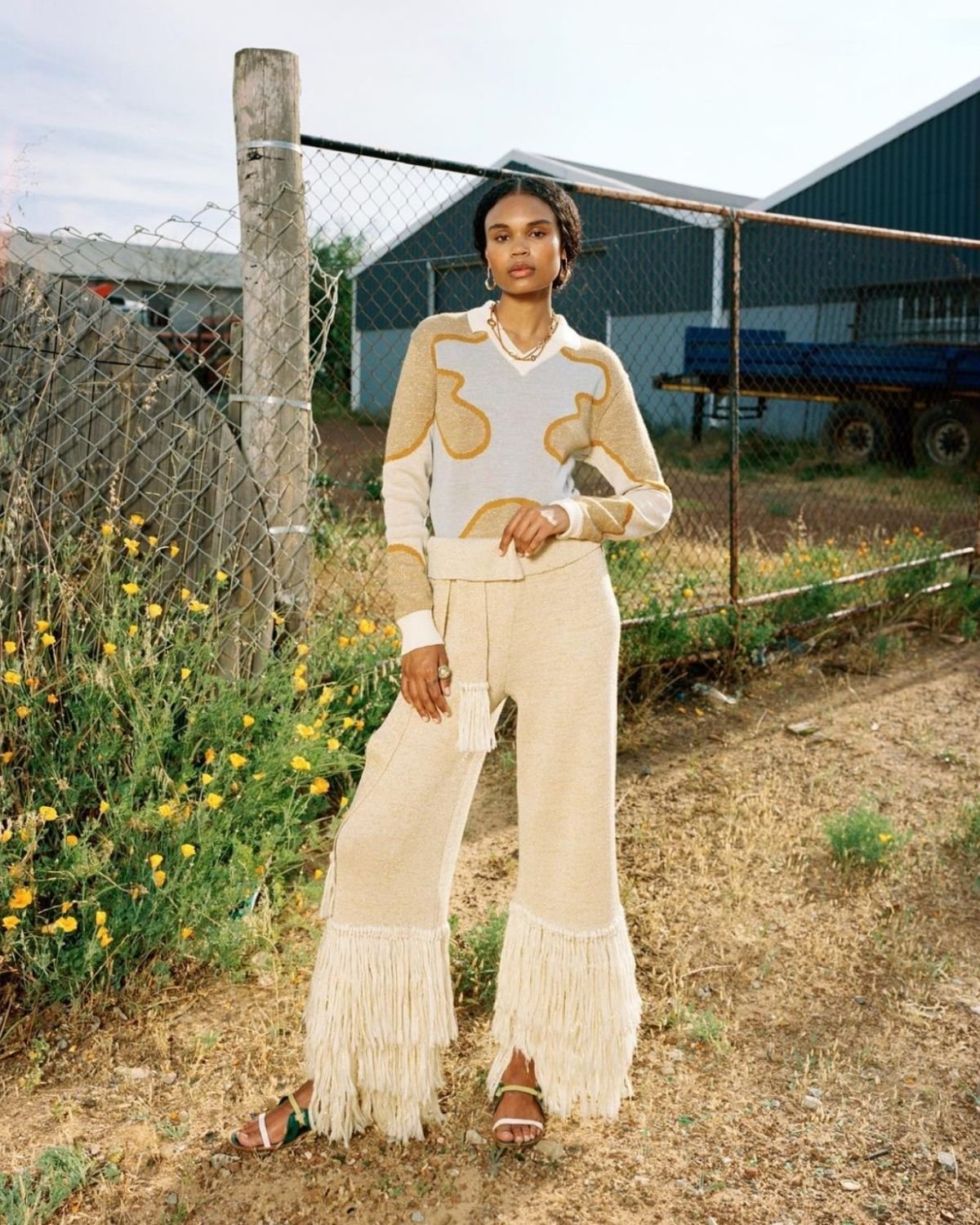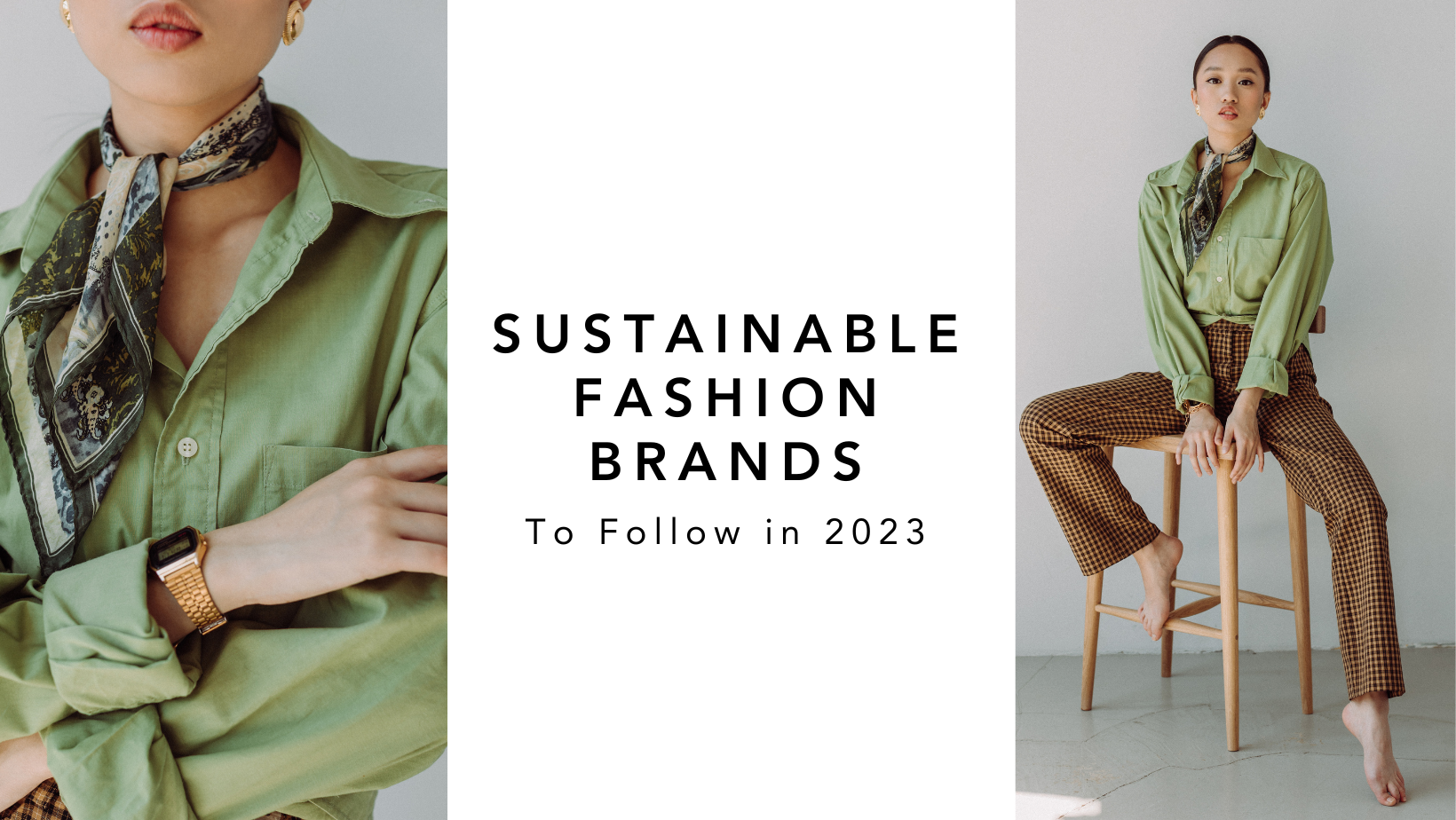Cape Town Sustainable Fashion Designers Leading the Environment-friendly Activity
Wiki Article
Keep Ahead of the Contour by Checking Out Ingenious Fashion Patterns
In a market as dynamic as fashion, remaining ahead entails even more than simply adhering to present trends-- it requires an exploration of technology. The convergence of modern technology and style advertises a new age of customer interaction.
Accepting Smart Textiles
Over the last few years, the garment industry has actually witnessed a transformative shift with the integration of wise fabrics, a sophisticated advancement that mixes modern technology with fabric. This development represents not only a combination of visual appeals and capability yet also a significant leap towards sustainability and personalization in fashion. Smart textiles, likewise known as e-textiles, embed advanced electronics such as sensors and conductive strings within the fabric, enabling garments to communicate with the environment or the wearer.These fabrics are made to check physical specifications, such as heart price or body temperature level, giving real-time wellness analytics. Past health and wellness applications, wise textiles are also being utilized for adaptive clothing, which can change shade or pattern in feedback to ecological stimuli, thus offering a vibrant style experience.
In addition, the growth of energy-harvesting fabrics that produce power from motion or sunlight is leading the method for self-dependent wearable modern technology. This technology is interesting ecologically conscious customers and developers aiming to reduce the environmental footprint of fashion. As study and growth in this field advance, clever fabrics are anticipated to end up being significantly common, reshaping the landscape of contemporary fashion with their multifunctional capacities.
The Increase of 3D Printing
Transforming the manufacturing landscape, 3D printing has actually become a game-changer in the fashion business. This cutting-edge technology has allowed designers to press the boundaries of creativity, creating elaborate and customized garments that were previously unthinkable. By leveraging digital layout and additive manufacturing, 3D printing promotes the creation of complicated geometries and patterns, permitting designers to explore new textures and structures.A significant advantage of 3D printing in vogue is its ability to generate on-demand, reducing waste and minimizing supply requirements. This efficiency not only maximizes production procedures however likewise permits for rapid prototyping, allowing developers to bring their visions to life in a shorter timeframe. In addition, 3D printing sustains modification somewhat unrivaled by conventional approaches, providing one-of-a-kind designs and customized fits tailored to specific consumer preferences.
The rise of 3D printing has additionally equalized fashion, making it easily accessible to emerging developers that can currently fabricate high-quality pieces without substantial economic investment in standard production facilities. As technology remains to development, the fashion sector is positioned to harness the full potential of 3D printing, checking out brand-new materials and methods that will certainly redefine how fashion is conceived and generated.
Lasting Fashion Developments
As the garment industry grapples with journalism demand for environmental duty, sustainable style technologies have emerged at the center of transformative adjustment. The expanding understanding of environmental influence has actually sustained a change in the direction of even more eco-conscious methods and products. Designers and brands are currently focusing on sustainability, incorporating methods that lessen waste and minimize carbon footprints.One considerable development is the rise of circular style, which emphasizes recycling and upcycling to expand the lifecycle of garments. This approach not only minimizes waste yet additionally encourages consumers to adopt a much more conscious method to apparel consumption.
One more innovation hinges on the adoption of ingenious dyeing strategies that utilize waterless procedures or natural dyes, thus lowering the i thought about this substantial amounts of water and chemicals generally made use of in textile dyeing. Additionally, innovations in biotechnology have caused the production of lab-grown natural leather and materials, using environmentally friendly and cruelty-free choices to standard materials. Through these introducing initiatives, the garment industry is making significant strides in the direction of a more sustainable future.

Tech-Integrated Garments
Tech-integrated garments represents an innovative fusion of style and modern technology, improving how people connect with their apparel. This ingenious domain is noted by the incorporation of wise textiles and ingrained digital components, improving both functionality and visual appeal. From fitness trackers installed in sportswear to warmed coats controlled via smartphone applications, tech-integrated clothing provides customers unmatched comfort and adaptability.Introducing brands are driving this trend, focusing on creating garments that respond to environmental stimuli or customer commands. As an example, some garments can change color or pattern in response to temperature changes, while others include biometric sensing units to keep an eye on health and wellness metrics like heart rate or tension levels. The smooth integration of technology right into fabrics likewise includes environmental sustainability, with initiatives to establish self-cleaning fabrics or garments that adapt to climate condition, therefore reducing the need for numerous layers.
In addition, the development of wearable technology is not simply restricted to clothes but reaches devices like watches and eyeglasses, further try this out widening the range of tech-integrated fashion. As the industry continues to introduce, the capacity for customization and customization in garments expands, using consumers distinct, tech-enhanced fashion experiences that satisfy their specific needs and choices.
Future of Virtual Fashion
In recent years, the future of virtual style has emerged as a transformative pressure within the industry, leveraging advancements in electronic innovation to redefine exactly how style is created, experienced, and taken in. By integrating enhanced fact (AR), online fact (VR), and 3D style tools, developers can currently craft interactive and immersive experiences that go beyond standard style boundaries. Digital style permits the creation of garments that exist solely in digital settings, supplying endless opportunities for development without the constraints of physical production.This electronic change not just presents possibilities for innovative expression yet also addresses sustainability worries integral in traditional fashion practices. Cape Town Sustainable Fashion. By eliminating the requirement for physical sources, online style lowers waste and minimizes carbon footprints. Moreover, the increase of virtual fashion straightens with the raising consumer demand for special and personalized experiences, as online garments can be customized and customized to individual preferences easily

Final Thought
The apparel industry's future hinge on the assimilation of ingenious technologies and lasting methods - Cape Town Sustainable Fashion. Smart textiles and tech-integrated garments are improving performance, while 3D printing supplies opportunities for modification and waste reduction. Sustainable fashion, via environment-friendly products and circular techniques, demonstrates a dedication to ecological stewardship. In addition, online style is poised to redefine customer interactions. Adjusting to these trends is necessary for brand names looking for to stay competitive and relevant in this quickly developing landscape.In recent years, the style industry has observed a transformative shift with the integration of smart fabrics, an advanced technology that mixes technology with material.As the style sector grapples with the pushing need for ecological responsibility, sustainable style technologies have actually emerged at the leading edge of transformative change.In current years, the future of digital style has actually emerged as a transformative pressure within the sector, leveraging advancements in digital technology to redefine how fashion is produced, experienced, and consumed. The rise of digital style straightens with the enhancing consumer demand for customized and distinct experiences, as virtual garments can be customized and customized to specific preferences with simplicity.
The fashion industry's future lies in the assimilation of cutting-edge modern technologies and lasting methods.
Report this wiki page